New Hyundai Kona EV is no aesthetic knock-out, but should you really care?
The Hyundai Kona EV sneaks unconventional thinking into the mainstream, cloaking excellent tech in wilfully awkward forms
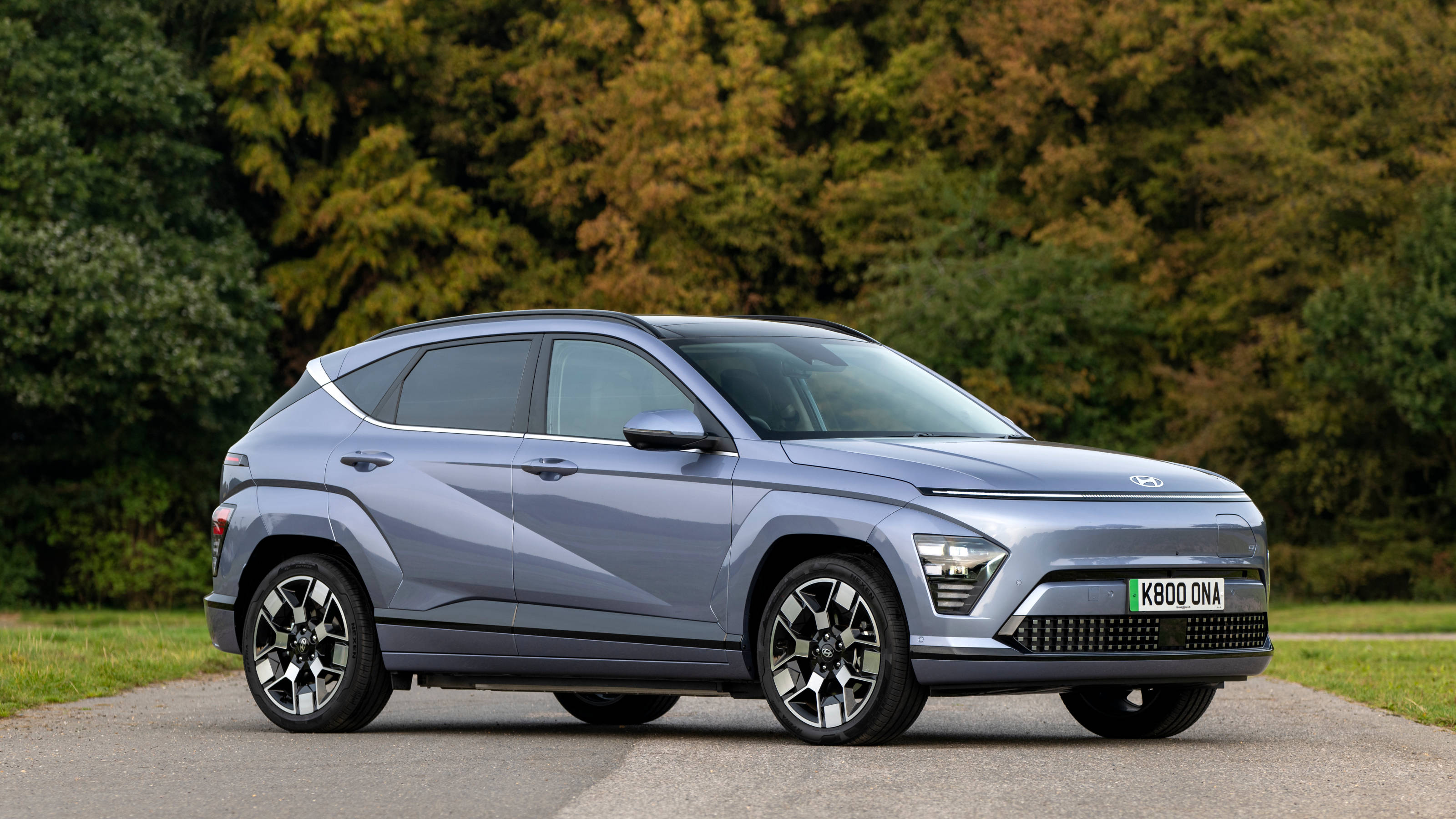
Hyundai’s Kona is a contemporary expression of pure, uncomplicated, unadorned and no-nonsense personal transportation. It is a car designed to fit seamlessly into any life, anywhere in the world, carefully scrubbed of cultural signifiers or indications of class. It wears its unconventional looks with quiet pride.
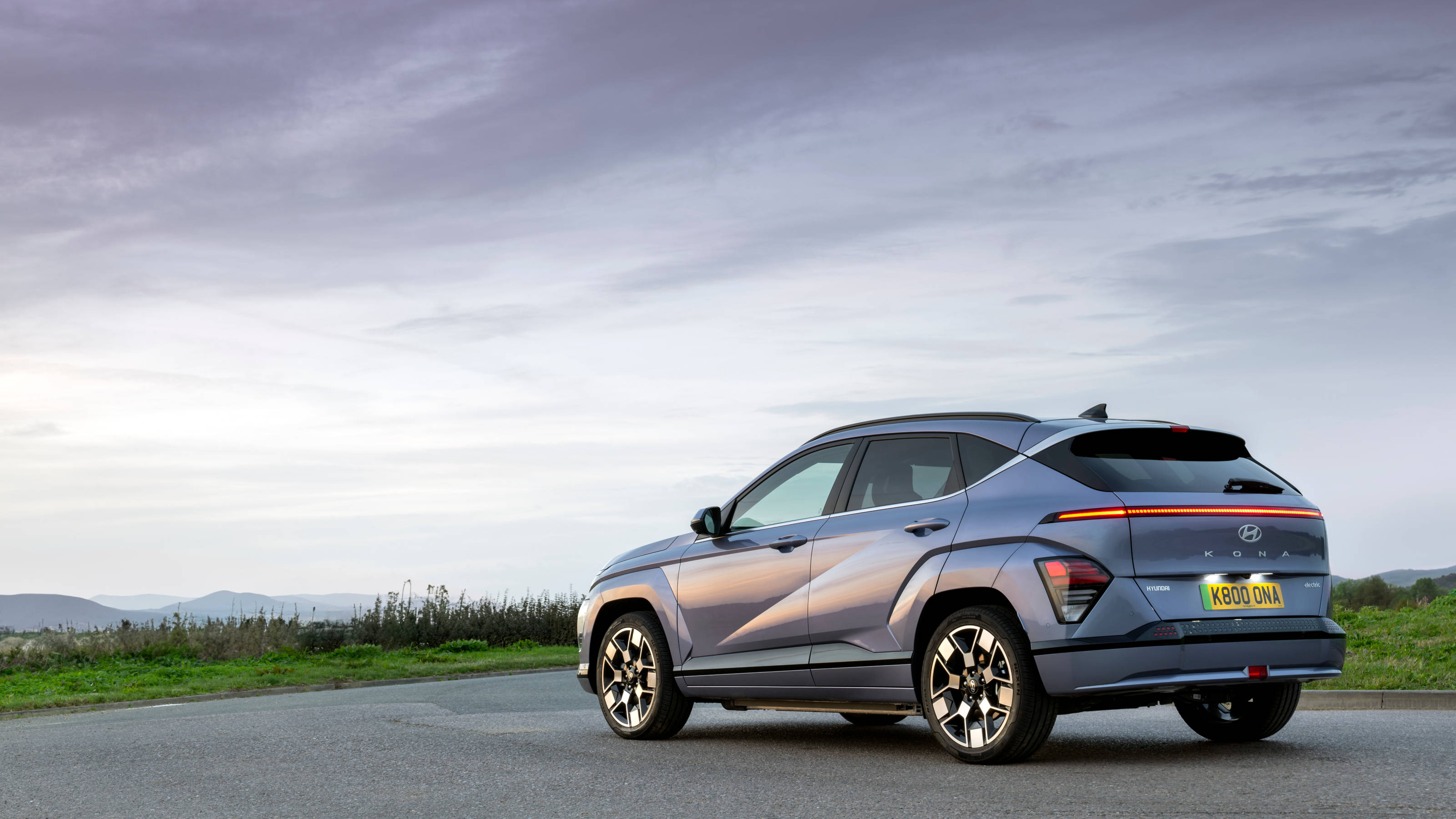
All this makes it sound like the Kona is bland and soulless and not necessarily worthy of your attention. In truth, it's actually rather striking, albeit not exactly elegant, an illustration of how avant-garde ideas can creep into the mainstream and reshape the middle of the road.
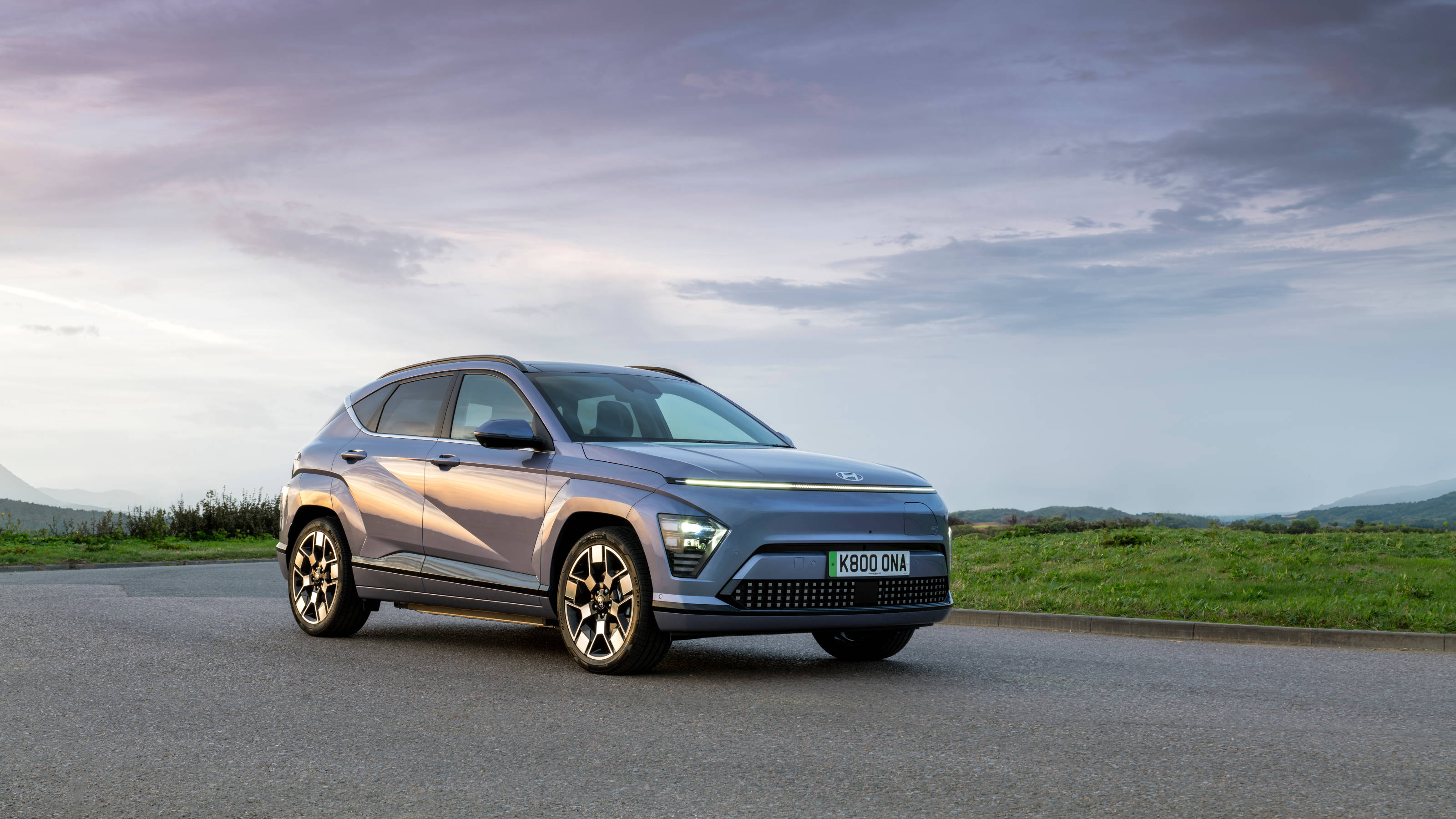
Hyundai knows that plenty of potential customers, both now and in the imminent future, are happy to disavow the unduly elevated status the car has acquired. Instead, they're treating cars like a four-wheeled appliance, a means of getting from A to B without attracting attention or causing unnecessary hassle.
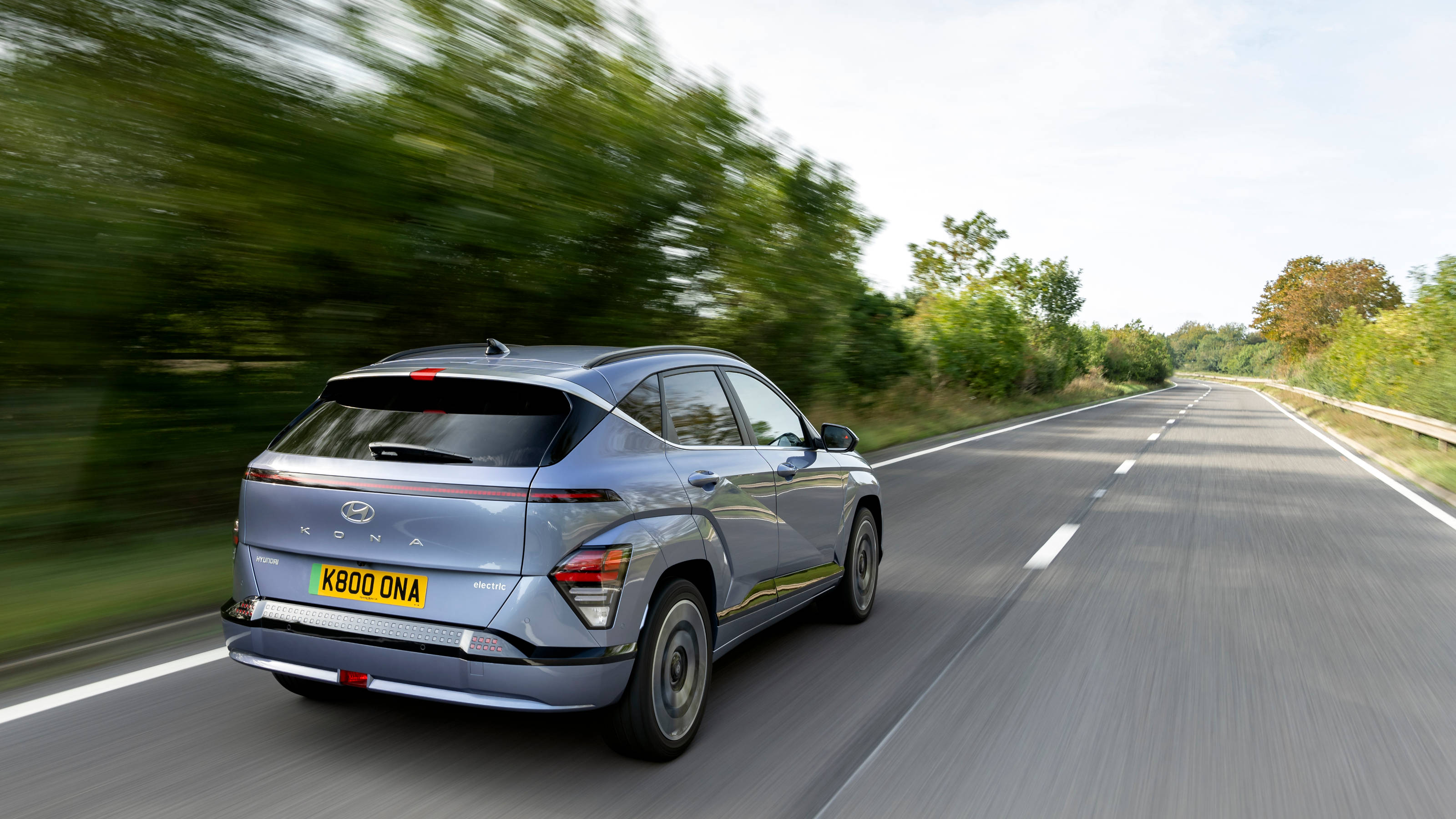
Hence the Kona. Hyundai makes plenty of cars that cater to the conspicuous consumer. Both Ioniq 5 and Ioniq 6 are design statements first and foremost, distinctive but different expressions of how an EV should look to those whose perception of tomorrow’s technology is infused with a hint of futures past.
Hyundai Kona EV: better on the inside
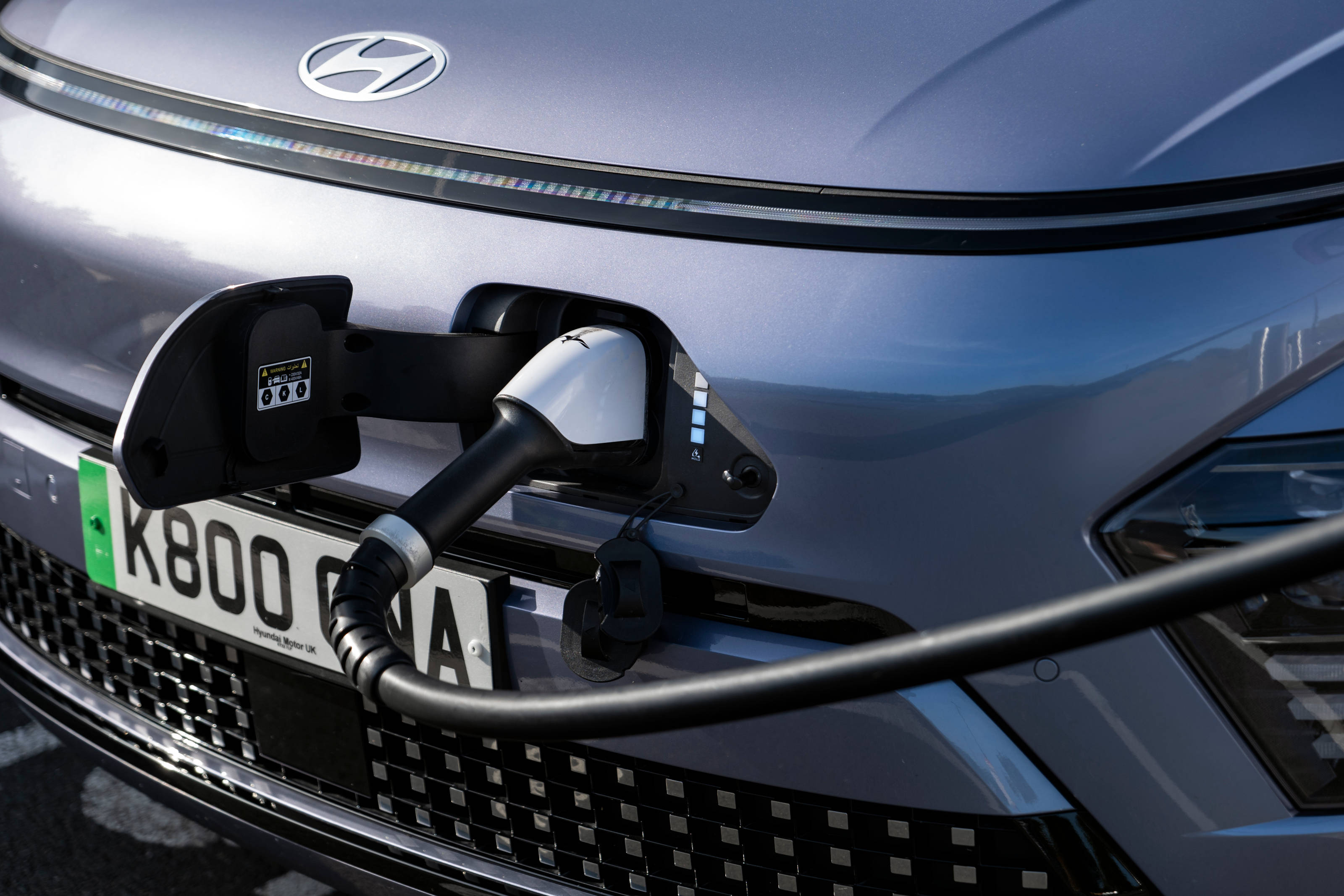
Not so with the Kona. Straddling the blurry line between mid-sized hatchback and compact SUV, the latest version of this electric four door is not going to win any beauty contests. Certain details are clearly brought over from its more stylish siblings, like the triangular creases on the side panels and the dot matrix-style lower front grille. Overall, however, there are two many lines, too many intersections and not enough coherence.
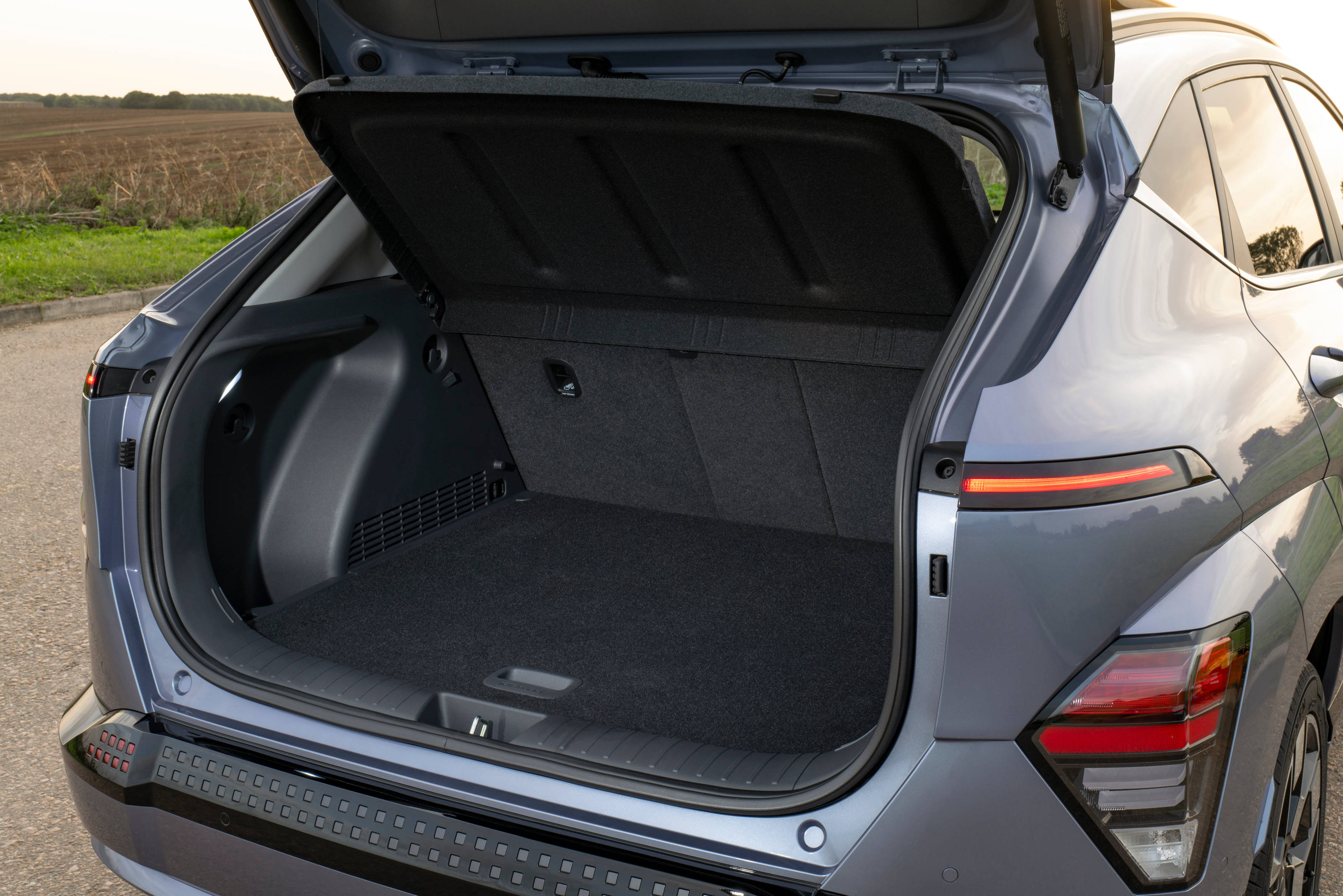
The old Kona was also pretty fussy, but this new car appears to be akin to a transitional fossil, a waypoint between the curvier Hyundais of old and the creased edges of the company’s current retro-future direction.
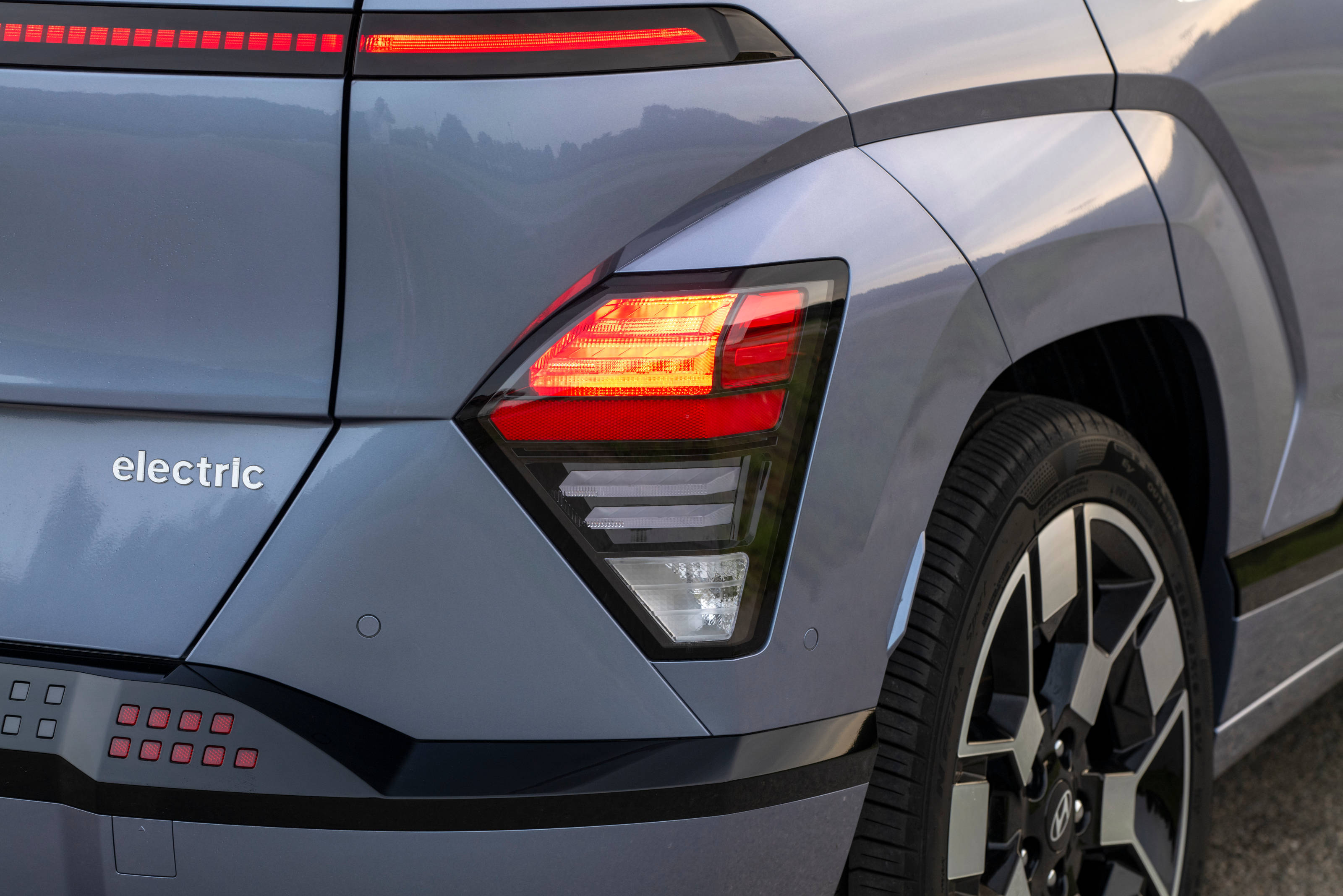
The rear view is probably the most uncompromising, with pronounced wheel arches that terminate in the light clusters, all set beneath a wide brake-light strip; the effect is two separate cars that have been spliced together in a CAD program. Even the relatively clean front end suffers from a lack of definition and character.
Wallpaper* Newsletter
Receive our daily digest of inspiration, escapism and design stories from around the world direct to your inbox.
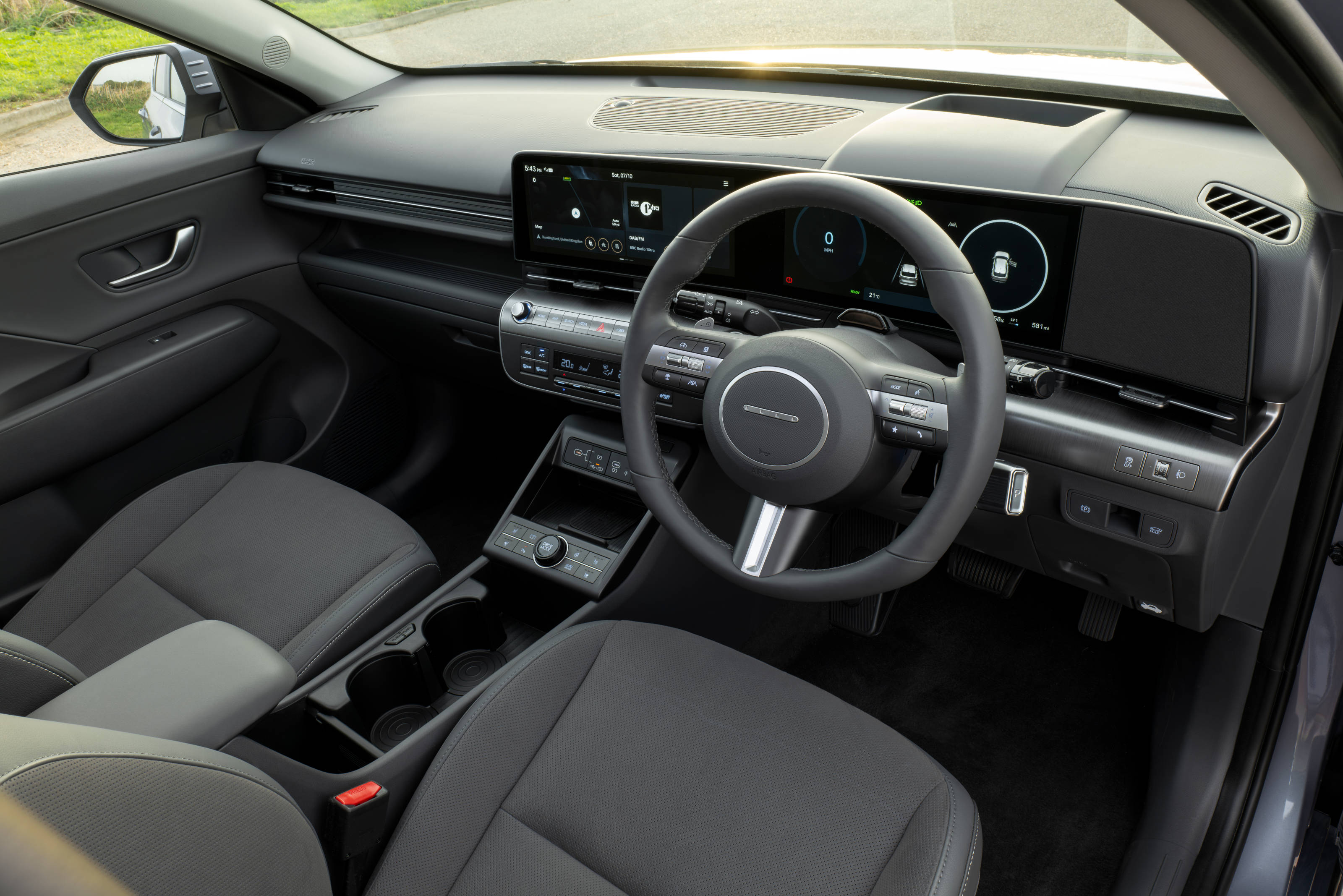
But all this should matter, because this is a car for those who don’t care, right? In any case, what matters most is where you’ll be spending most of your time, the interior. A step change along from the older model, the Kona is comprehensively equipped with functions like a live rearview display that pops up in the instrument cluster when you operate an indicator.
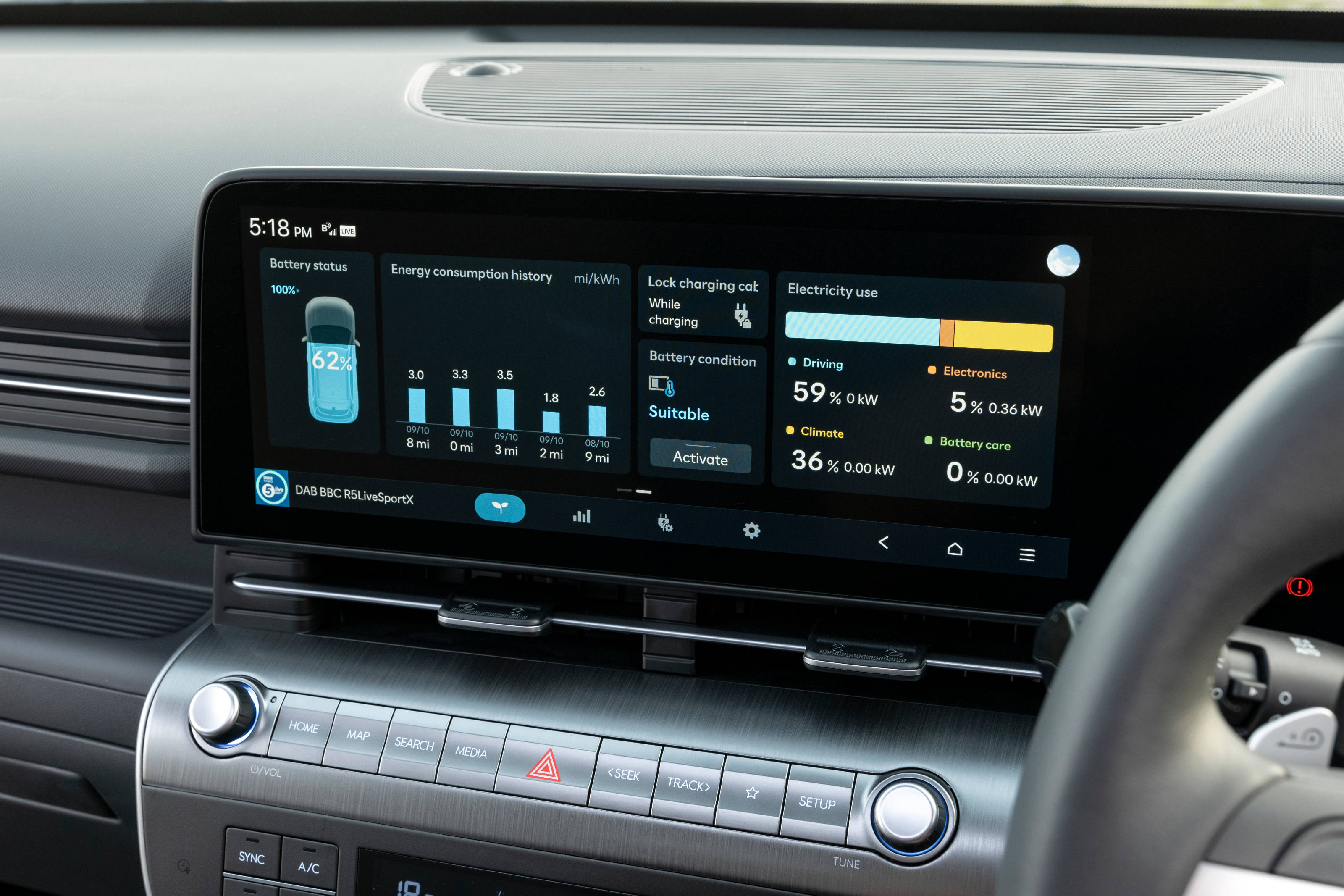
There’s also storage, space and plenty of buttons and functionality, like the ability to send some of the EV’s power to an external appliance. Hyundai also offers in-car streaming via Amazon Music (if you have an account), with voice recognition promised further down the line.
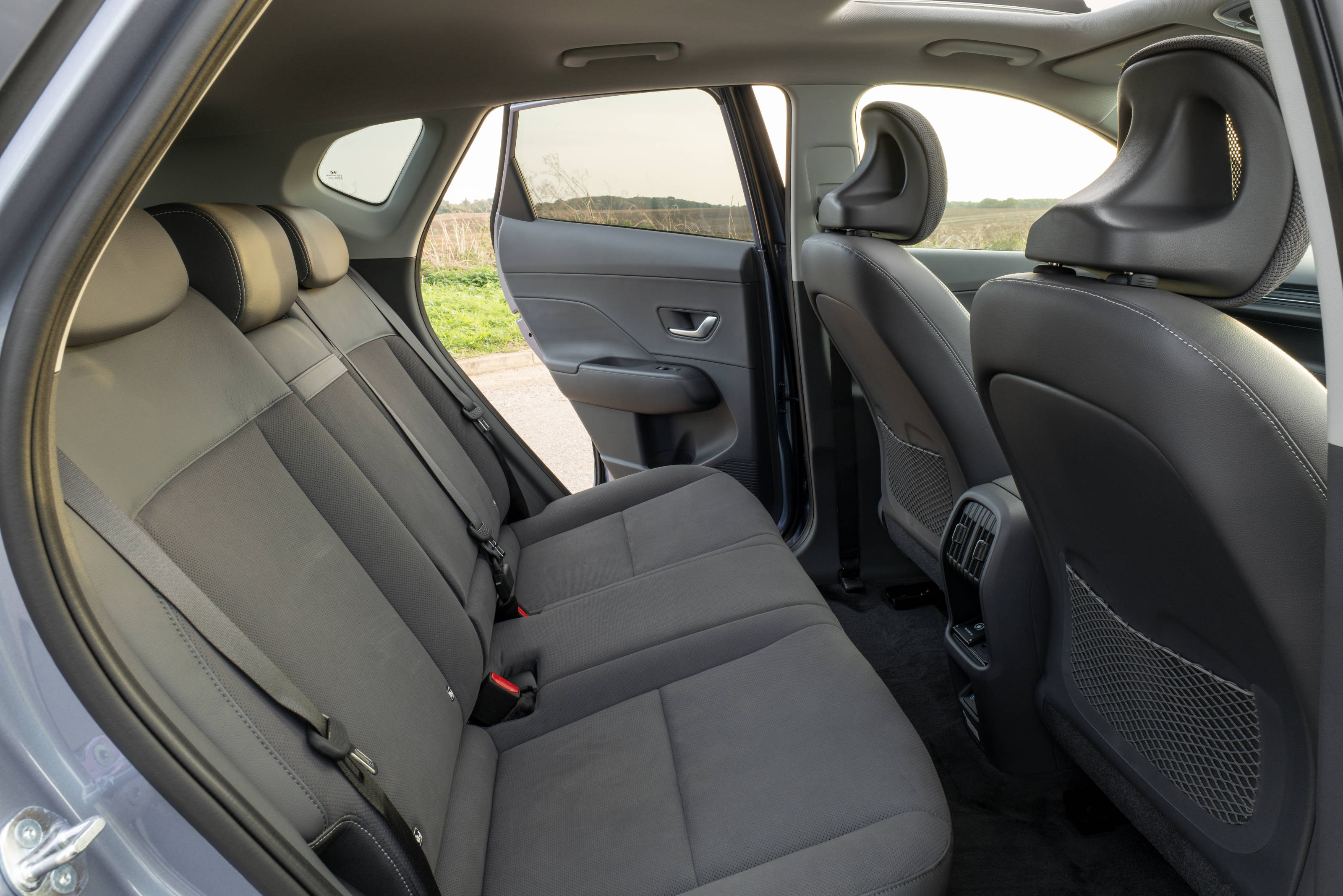
The Kona is not a bad car by any definition. Range is more than decent at around 300 miles, with EV performance to match, and it’s compact and utterly easy to live with, with Hyundai’s history of fine reliability and long warranties to boot. Automotive aesthetics are purely subjective and shift with the passing of time. Give it a few years, and this modest mid-sized EV will probably have accrued plenty of much-needed character.
Hyundai Kona EV, from £32,450, Hyundai.co.uk
Jonathan Bell has written for Wallpaper* magazine since 1999, covering everything from architecture and transport design to books, tech and graphic design. He is now the magazine’s Transport and Technology Editor. Jonathan has written and edited 15 books, including Concept Car Design, 21st Century House, and The New Modern House. He is also the host of Wallpaper’s first podcast.
-
 Put these emerging artists on your radar
Put these emerging artists on your radarThis crop of six new talents is poised to shake up the art world. Get to know them now
By Tianna Williams
-
 Dining at Pyrá feels like a Mediterranean kiss on both cheeks
Dining at Pyrá feels like a Mediterranean kiss on both cheeksDesigned by House of Dré, this Lonsdale Road addition dishes up an enticing fusion of Greek and Spanish cooking
By Sofia de la Cruz
-
 Creased, crumpled: S/S 2025 menswear is about clothes that have ‘lived a life’
Creased, crumpled: S/S 2025 menswear is about clothes that have ‘lived a life’The S/S 2025 menswear collections see designers embrace the creased and the crumpled, conjuring a mood of laidback languor that ran through the season – captured here by photographer Steve Harnacke and stylist Nicola Neri for Wallpaper*
By Jack Moss
-
 2025 Seoul Mobility Show report: all that's new and notable
2025 Seoul Mobility Show report: all that's new and notableOpened at a time of high national drama, the 2025 Seoul Mobility Show has gone on to underscore Korea’s place at the cutting edge of the auto industry. Guy Bird was there
By Guy Bird
-
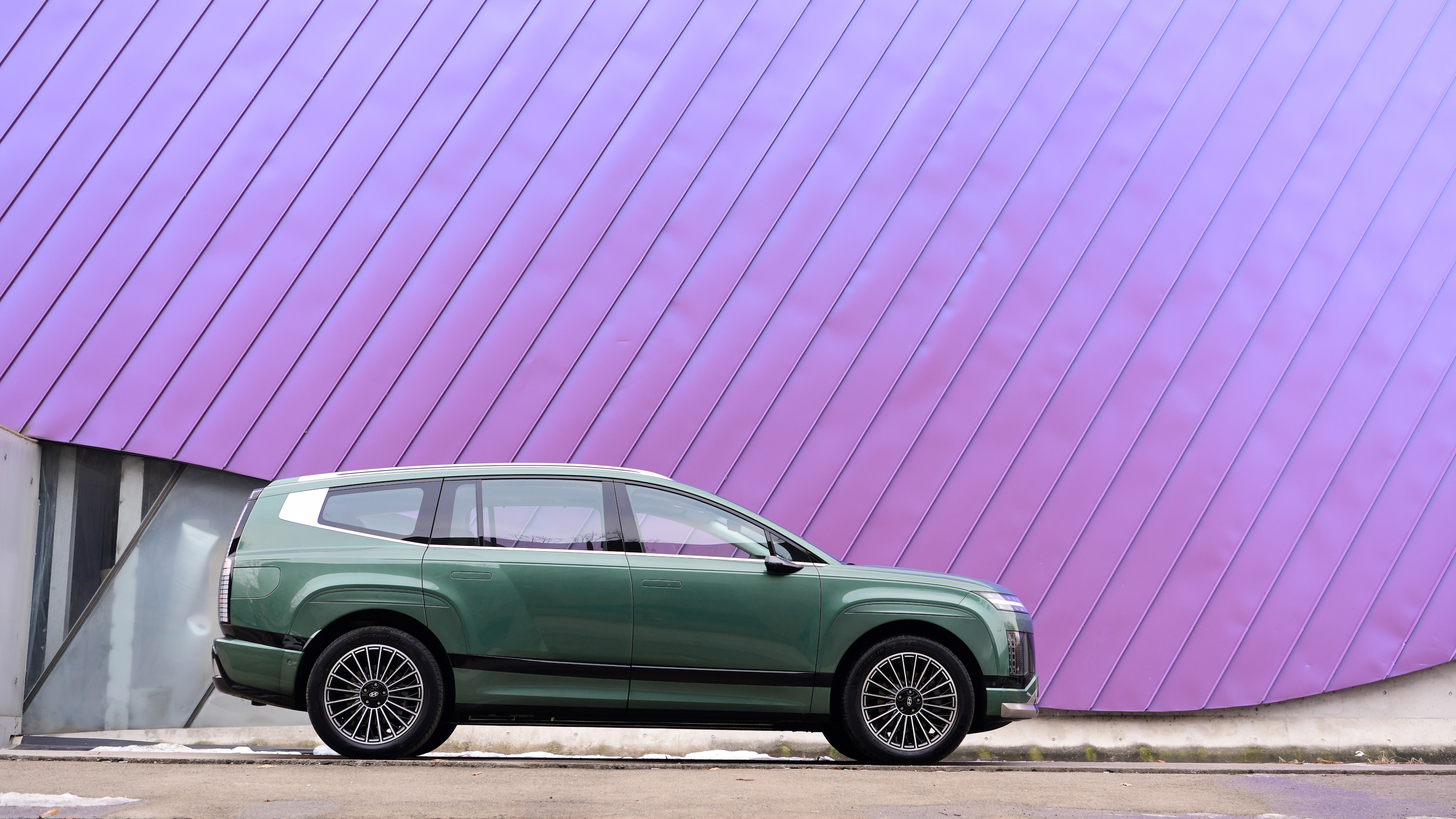 Long-range, refined and spacious, the new Hyundai Ioniq 9 is like a private jet on wheels
Long-range, refined and spacious, the new Hyundai Ioniq 9 is like a private jet on wheelsWallpaper* takes the Ioniq 9 on an electric road trip from Seoul to Busan to explore Hyundai’s newest and largest EV to date
By Jonathan Bell
-
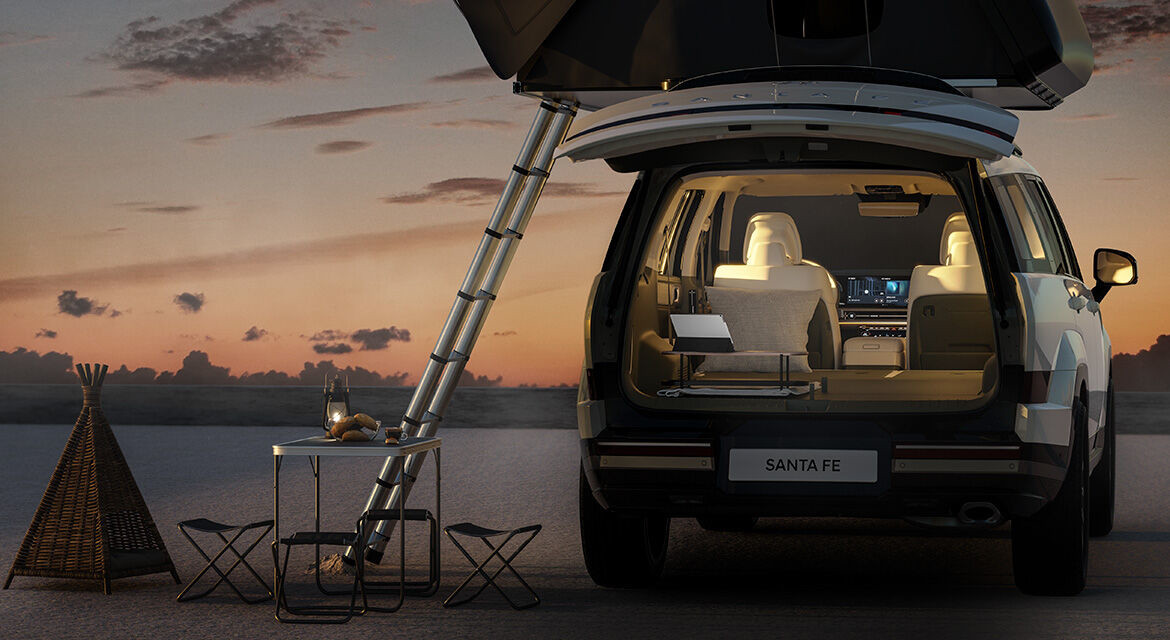 New-generation car camping and roof tents for luxury-loving adventurers
New-generation car camping and roof tents for luxury-loving adventurersCar camping is having a moment. While Hyundai and Porsche can get you kitted up, we explore other options
By Jonathan Bell
-
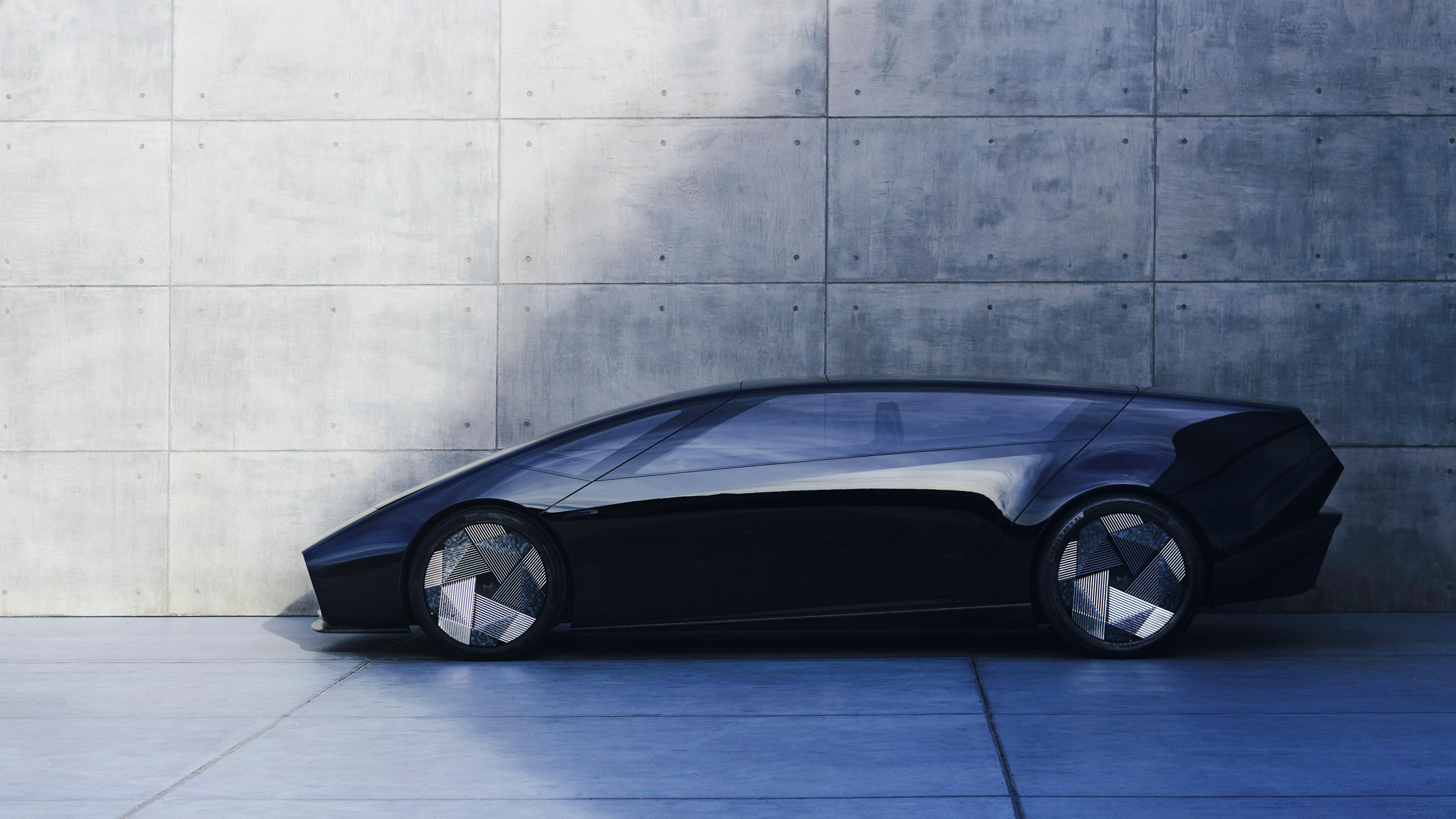 CES 2024 was a showcase for how to shoehorn AI into next-generation cars
CES 2024 was a showcase for how to shoehorn AI into next-generation carsCES 2024 in Las Vegas underlined that future mobility will be shaped by AI, like it or not, as intelligent assistants emerge to guide, plan and converse with their human cargo
By Jonathan Bell
-
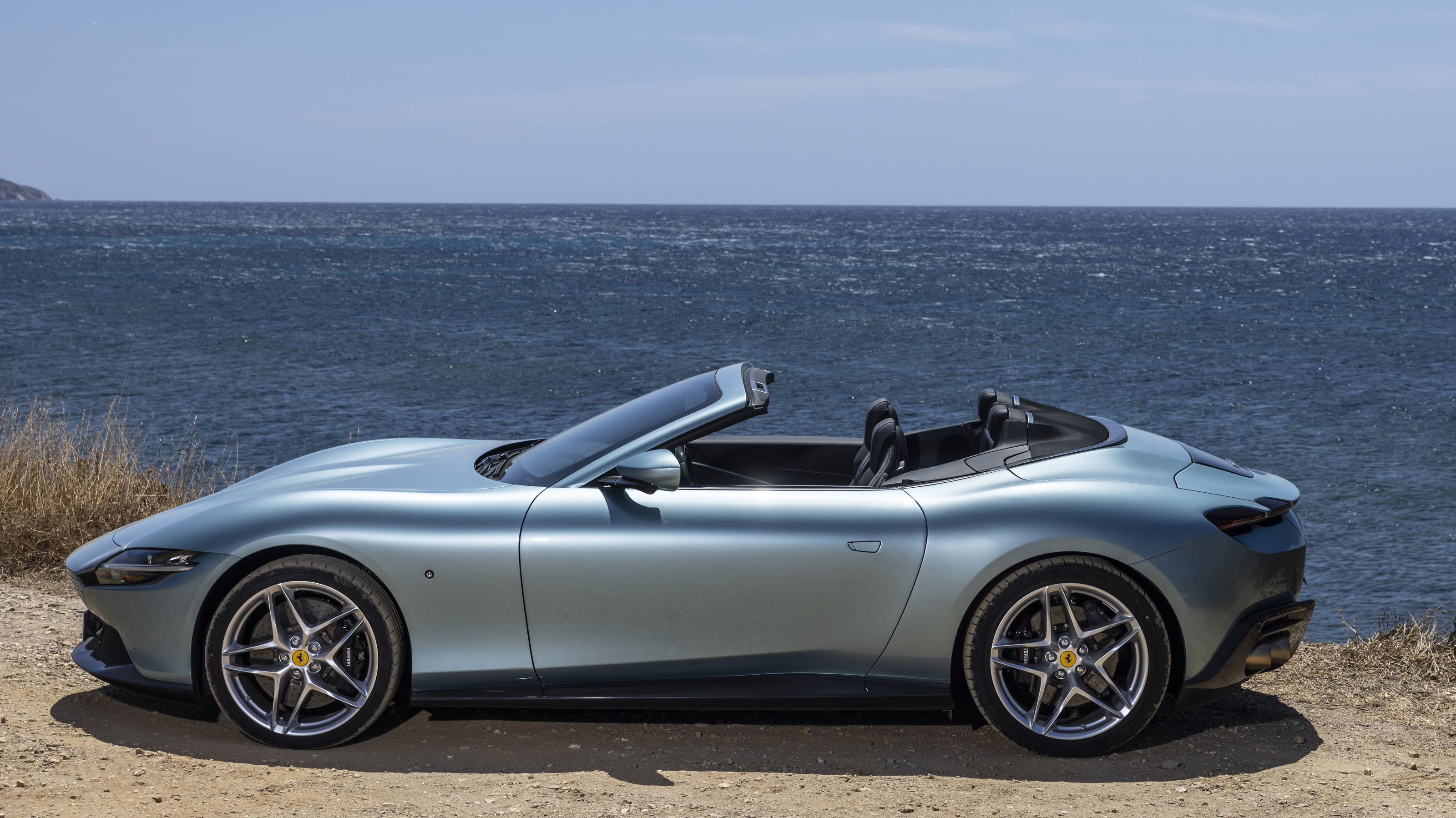 Year in review: the top 10 cars of 2023, as selected by Wallpaper’s Jonathan Bell
Year in review: the top 10 cars of 2023, as selected by Wallpaper’s Jonathan BellWhat were the best four-wheeled offerings of 2023? Transport editor Jonathan Bell takes us through the year’s most intriguing automobiles
By Jonathan Bell
-
 Wallpaper* gift guide: shopping with transport editor Jonathan Bell
Wallpaper* gift guide: shopping with transport editor Jonathan BellFrom a spin on the Lego Ideas Orient Express to the world's most stylish e-scooter, practical meets playful in this on-the-go gift guide
By Jonathan Bell
-
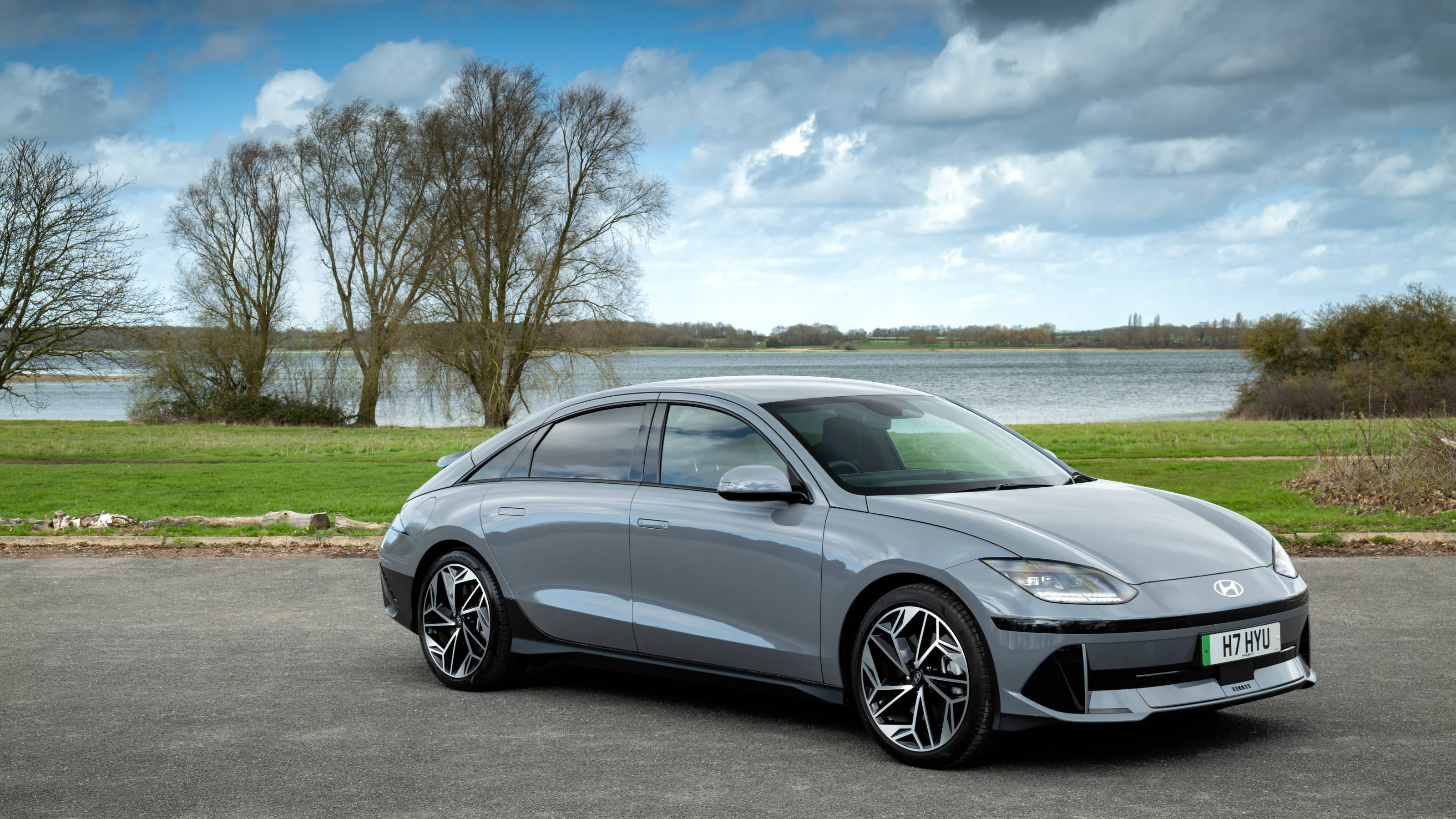 Hyundai Ioniq 6, the brand’s newest EV, impresses with its all-round ability and sweeping lines
Hyundai Ioniq 6, the brand’s newest EV, impresses with its all-round ability and sweeping linesWe drive the Hyundai Ioniq 6, an electric sports saloon with an idiosyncratic sense of style and lashings of tech
By Jonathan Bell
-
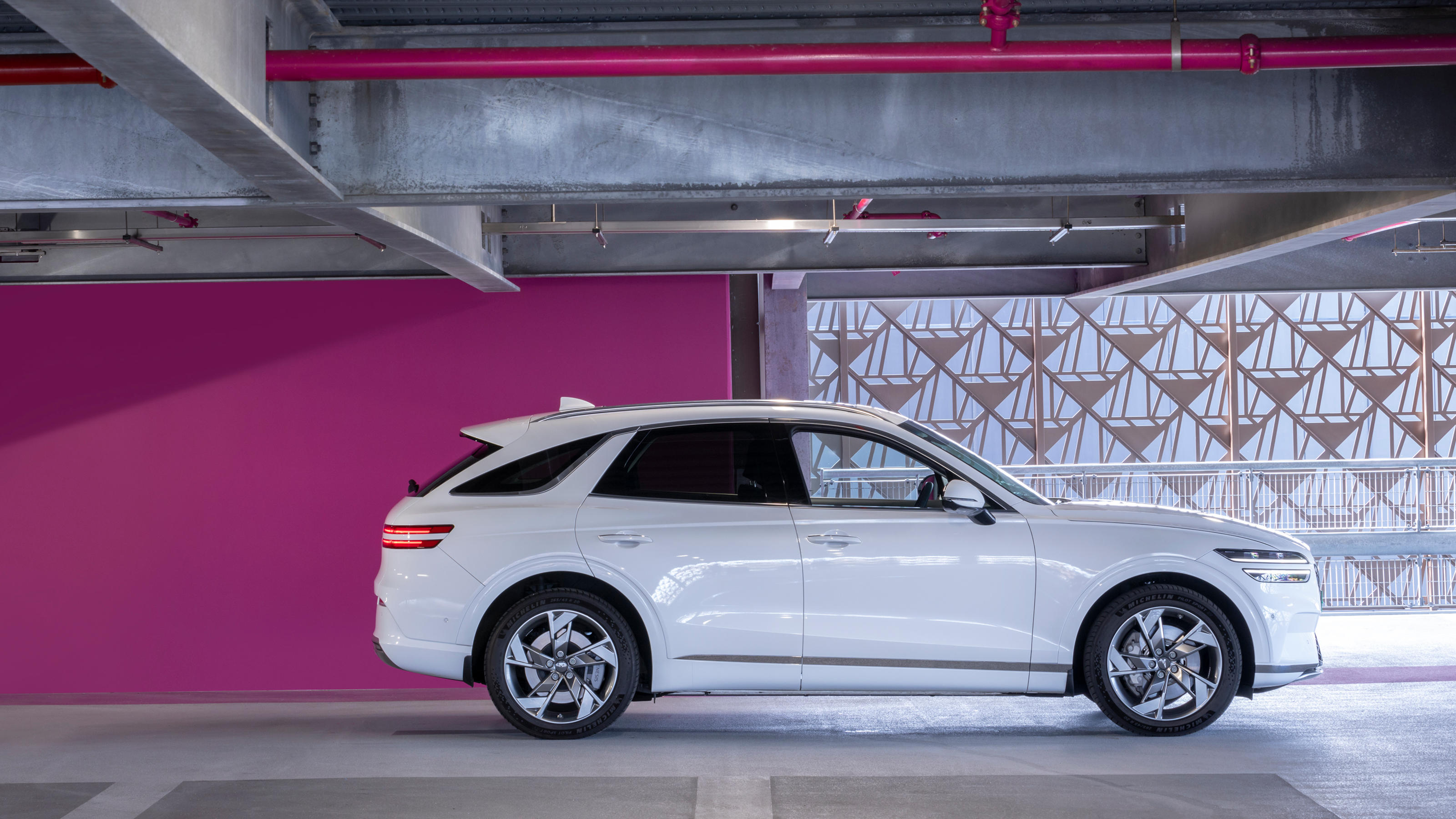 Genesis GV70 is an accomplished electric SUV that transcends its compromises
Genesis GV70 is an accomplished electric SUV that transcends its compromisesGenesis Electrified GV70, an all-electric SUV that rivals the class leaders, continues the brand’s quiet push into the established luxury arena
By Jonathan Bell